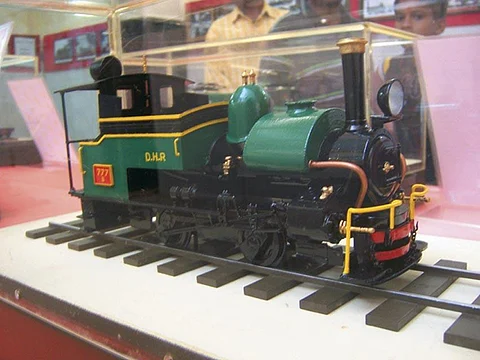

At the best of times, after Independence in 1947, photography on and about the Indian Railways has been a hide-and-seek game. You hide while you shoot, the Railway authorities seek, and if you don&rsquot get caught, then you publish and become famous &mdash as dozens of exhibitions and lakhs of online photographs will prove. The extensive grey area between amateur clicking and commercial work adds to the confusion. However, if you go about things unobtrusively, using new-age point-and-shoot cameras which often are not bigger than your palm, then the whole world of steel rails are your canvas, and very often you will achieve masterpieces.
Which the Indian Railways will then use for exhibitions and as posters in their offices and waiting rooms. This correspondent&rsquos favourite ones, for example, are of the Dara Pass between Kota and Ratlam, the many bridges in coastal Andhra, the old tunnel outside Jamalpur in Bihar &mdash all marked &lsquophotography prohibited&rsquo if you reach there &mdash and yet mysteriously all available for viewing at places like public waiting rooms and Railway Board offices.
But every now and then the Railways relent. And lets you click away.
The recently concluded Railway Heritage exhibition at Lonavala, spot-lighting a variety of displays &mdash ancient photos, recent hobby and working scale-models, historical documents and more &mdash was one such event. While the history of the Great Indian Peninsular Railway will need more than a few volumes to even get started on, GIP&rsquos successor, today&rsquos Central Railway, pulled out the stops in this open-to-public-and-their-cameras display at the main concourse in the busy junction that also serves the bustling hill-station of Lonavala.
&lsquoAlso serves&rsquo, because from the Railway point of view, Lonavala is also technically extremely important &mdash this is where the trains descend from the Deccan Plateau to the coast. Even today, every train going up or down the Ghats needs a minimum of two additional engines (locally called &lsquobankers&rsquo) for power as well as safety.
The exhibition itself was a curtain-raiser for the Railway Museum coming up on a huge plot of land very close to the station, planned on a scale set to impress, as well as the inevitable &lsquotoy trains&rsquo which are such a hit everywhere in tourist India. And as is always the case with matters Railway in India, the crowds were very much present.
